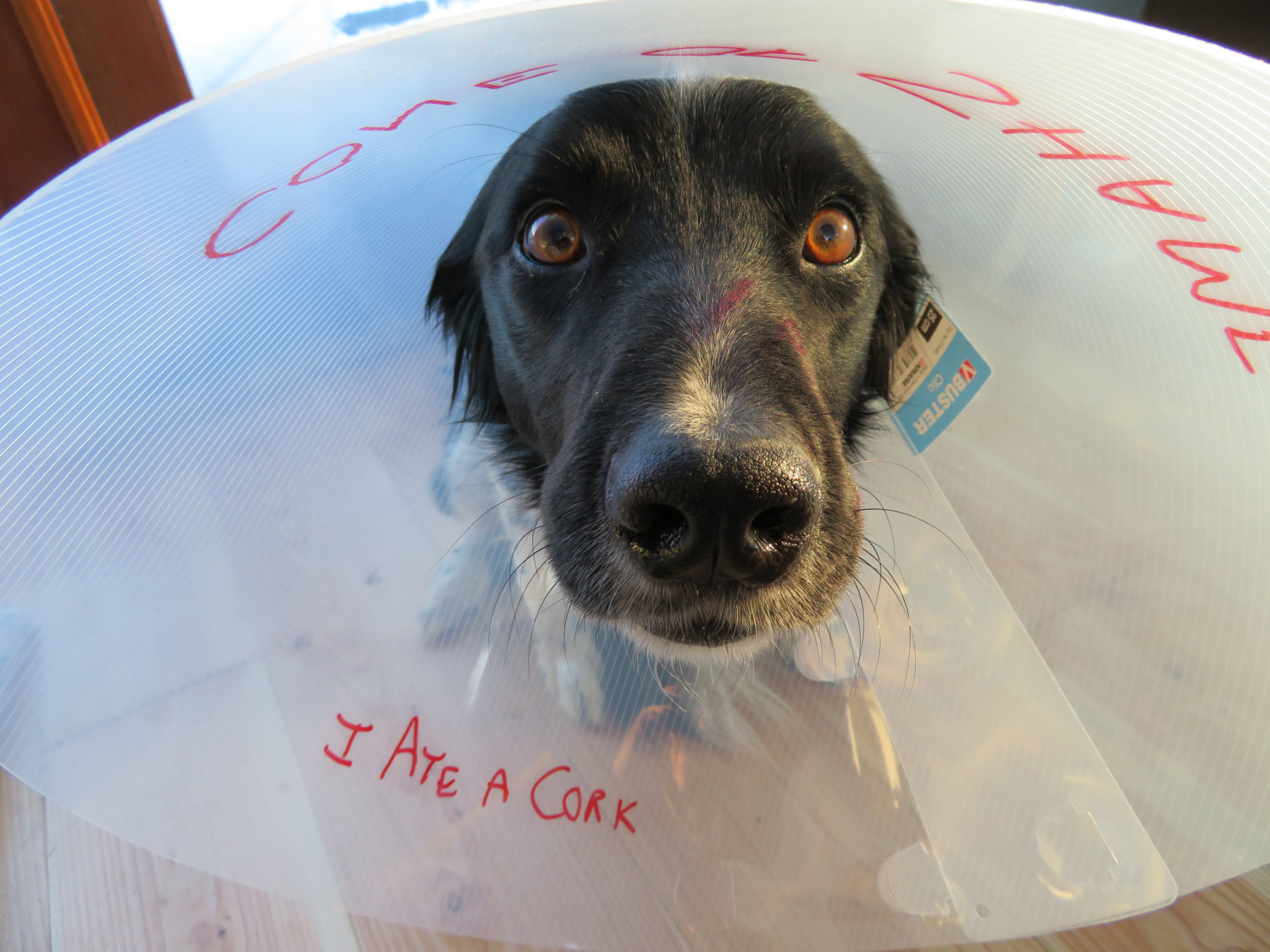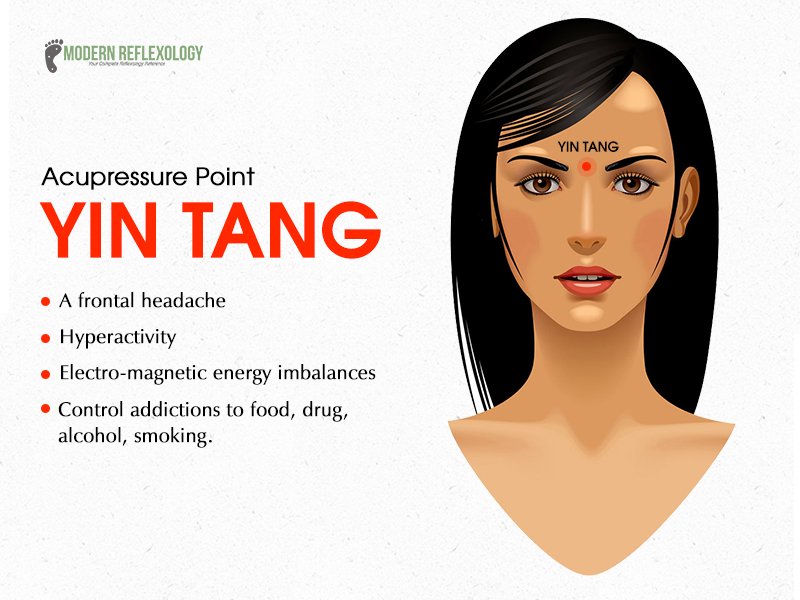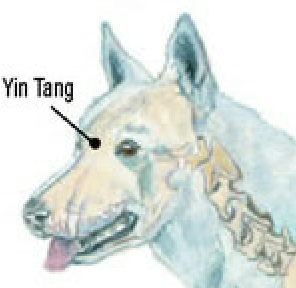How to Help Your Dog Stay Calm During Holiday Fireworks!
Your dog is quite likely one of these… noise aversions are quite common, with estimates of 1/3 of the canine population affected.
You should be doing WHAT you can to prevent this from happening, and help your dog not develop worsened anxiety, such as separation anxiety.
Cannabidiol (CBD) may help with that: Dr Jones’ ULTIMATE CBD for Dogs and Cats
This is my brother’s dog Angus who unfortunately at a cork, and was feeling kind of anxious with the cone… .

Dog noise anxiety, or fear of loud noises, such as fear of thunderstorms or fireworks is very common: it is estimated to affect 33% of ALL dogs.
Single traumatic experiences or repeated exposure to frightening stimuli can cause reactions ranging from mild fear to extreme phobic reactions. Mild fear responses may include panting, pacing, and attempts to hide, whereas phobic responses may include panic, extreme agitation, attempts to escape and/or destructive behavior.
Dogs have especially sensitive hearing. Veterinarians have estimated that your dog can hear 10 times better than you can. The loud crack of thunder is terrifying to many dogs. In some cases, the loud noise has been associated with an unpleasant experience. My family dog Max had his tail slammed in a door by the wind during a thunderstorm; any subsequent storm produced a hiding, shaking Max.
Most of us are aware of the signs and symptoms of a dog with noise anxiety. Your pet changes her personality in response to noise, especially thunderstorms. She may cry and whine, hide in the basement, begin to chew anything in the house or run away. Some dogs become destructive, and many a house has been damaged during a thunderstorm or fireworks. Other dogs may just tremble, pant excessively, or constantly whine or bark.
Prevention is key.
Early socialization experiences (e.g., handling and environmental exposure) should incorporate use of positive reinforcement (food treats), and those experiences must occur during the socialization period (the first 3 to 12 weeks of age) and beyond. Early exposure should include positive exposure to noises that may be experienced later in life.
Avoid exposure to traumatic experiences as it is difficult to learn to ignore these experiences with repeated exposure to fear inducing stimuli. While early and appropriate socialization is important for shaping a dog’s future behavior, socialization is not beneficial if repeated experiences induce fear responses.
Avoid using punishment or correction as a way of mitigating fear or phobic reactions. Discipline is unlikely to reduce fear and it is likely to make the situation worse.
Treatment
For long term success, effort must be put into training your dog to be less anxious in addition to anti-anxiety supplements. Do not positively reinforce the fearful behavior by being too kind. The next time that Lewis reacts to noise, give him a quick scratch then go about your normal household routine. If you act calm, then he may act calm.
The next time that your pet begins to act nervous, distract her with a favorite squeaky toy or tasty treat. You are teaching your pet to associate noise with a positive experience. When your pet acts less nervous, then give her lots of praise, then next storm could become far more pleasant.
Many dogs tend to be less fearful in a small confined space, such as a crate. Crates act like a den in nature, making your pet feel safer and more protected. This does not work for all dogs, as some may hurt themselves in an effort to get out of the crate. Try to crate train your dog before a storm, then stay close by to let him out if things do not go so well.
Natural Options
Acupressure. This is you putting pressure over top of the Acupuncture points. The one I have found MOST helpful for anxiety/noise is the YIN TANG point. It is located between your dog’s eyes, at the bridge of the nose. (It also works well for people!) Hold your finger over that point for 60 seconds every time your dog is shaking/nervous, and see if it helps them calm down. This point works VERY well in Acupuncture for me personally, and I have seen my dog Tula respond very well.
Here is where the Yin Tang Point is located for Natural Anxiety Relief for Pets and People


Valerian is a herb that acts on the neuroreceptors in the brain. It may decrease anxiety in your pet, but it must be given for 2 weeks. The dose is 50 mg per lb of the dried herb or 1 drop per lb of body weight twice daily of the extract. When using the tincture a standard dose is 1/2ml per 20lbs of body weight given every 4 hours.
L-theanine. This is an amino acid from Green Tea that is helpful, but more meant as a long term solution. We used this often in veterinary practice. Dog doses of 50-100mg/10lbs once-twice daily.
A Shirt wrapped around your dog can help. One product called Thundershirt claims that the gentle, constant pressure has a dramatic calming effect for most dogs if they are anxious, fearful or over-excited. The pressure has a calming effect on the nervous system. Using pressure to relieve anxiety has been a common practice for years. You can make your own “Thundershirt’ by using a small shirt that is wrapped tightly around your dog’s chest and over his back.
Melatonin. Yes the sleep hormone can also be very effective for some dogs. It does help my dog Tula when she has bouts of anxiety. A typical dog dose is 2mg/20lbs up to a maximum of 6mg twice daily. Give it 1 hour prior to the anxiety inducing event.
CBD (Cannabidiol). This has anti-anxiety properties, and is a great idea to give to your dog prior to all the loud noises. I would use the dose of 3mg-6mg/10lbs every 4-6 hours. That equates to 1-2 drops per 10lbs of my supplement, Dr Jones’ ULTIMATE CBD for Dogs and Cats.

Best Wishes,
Dr Andrew
P.S. The big thing is minimizing your dog’s exposure to the loud noises, and then giving them something to be less anxious. I have seen many dogs react well to the thundershirt/wraps for noise anxiety.
Cannabidiol is also a good option for many dogs, so definitely worth a try.

Loved the article Dr Jones